The Atlas System is an AI computing platform developed by Huawei. (Image: Huawei)
5G is predicted to have a lot of potential, not only for the classic mobile phone sector, but in almost every industry–including medicine. An example from China shows that the fight against the corona virus is one of them. And it could even be transferable to other countries.
As the german internet portal golem.de reports, the Chinese mobile phone company Huawei supports partners like the Chinese robotics start-up Neolix, Leishenshan Hospital and Hanjiang University in the fight against the corona virus. In this regard, the platform quotes Michael Lemke, Senior Technology Principal at Huawei Technologies Germany. In concrete terms, the aim is to protect and relieve hospital staff by means of remote diagnosis and robots, and to speed up diagnosis. The search for the long-awaited medication against CoVID-19 (Corona Virus Disease 2019), is also part of this. Background: CoVID-19 is an infectious disease caused by a new kind of virus, SARS-CoV-2 (Severe Acute Respiratory Syndrome Coronavirus 2). Coronaviruses belong to the family of RNA viruses. Their genetic material is not as stable in its chemical structure as that of DNA viruses, which is why changes in the genetic material can occur more frequently. However, this has no influence on the reproduction and spread of the viruses.
As golem.de further reports, Huawei hardware supports a diagnostic system of the AI partner HY of 20 hospitals in China. In addition, systems for rapid fever measurement and rapid analysis support of CT images are used. Huawei provides the artificial intelligence and connectivity power so that the CT image can be sent to the cloud faster and analyzed by the algorithm in only 2.5 minutes instead of 14 minutes.
Neolix provides driverless vehicles for hospitals to support staff, and the 5G terminals span high bit-rate local Wi-Fi networks in the hospital. The performance data: more than 10 MBit/s in the downlink and uplink with a latency of less than 20ms and in the autonomous vehicle a data volume of up to 2 TByte per day, as Lemke quotes via golem.de.

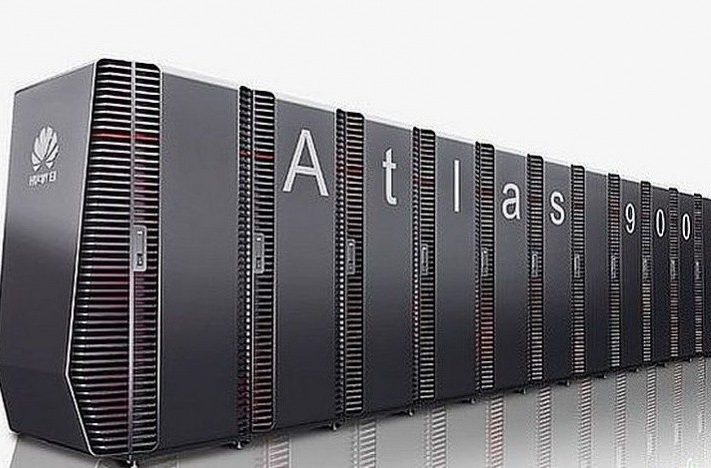
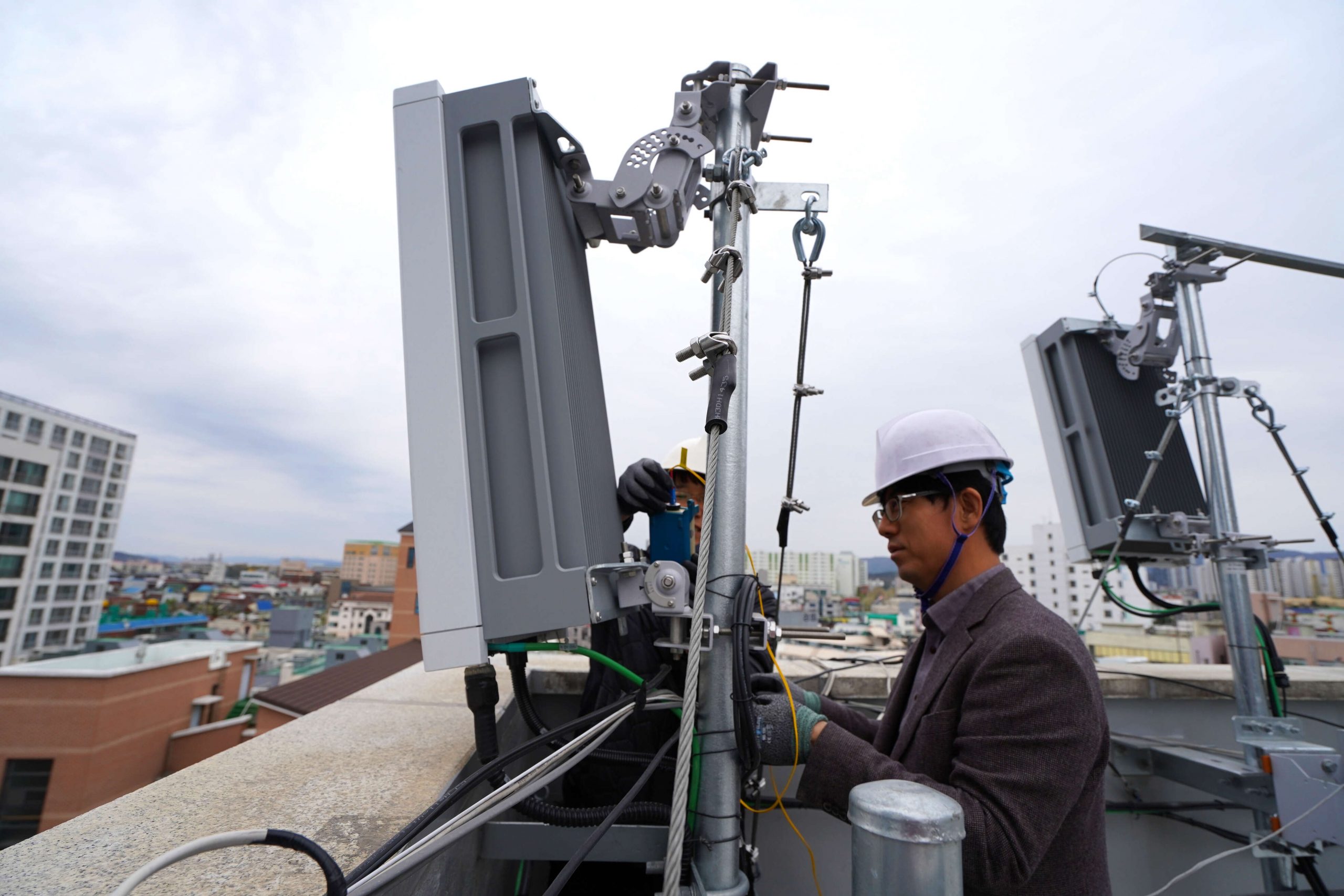
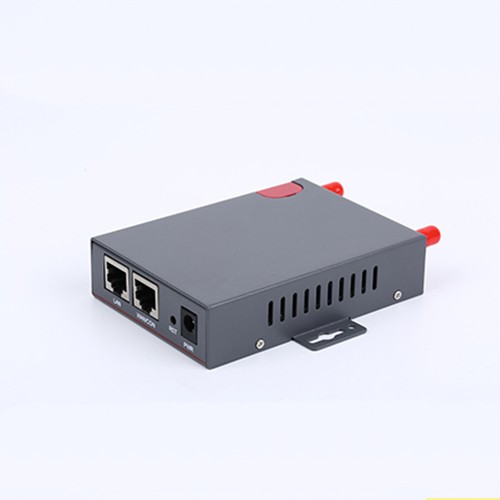

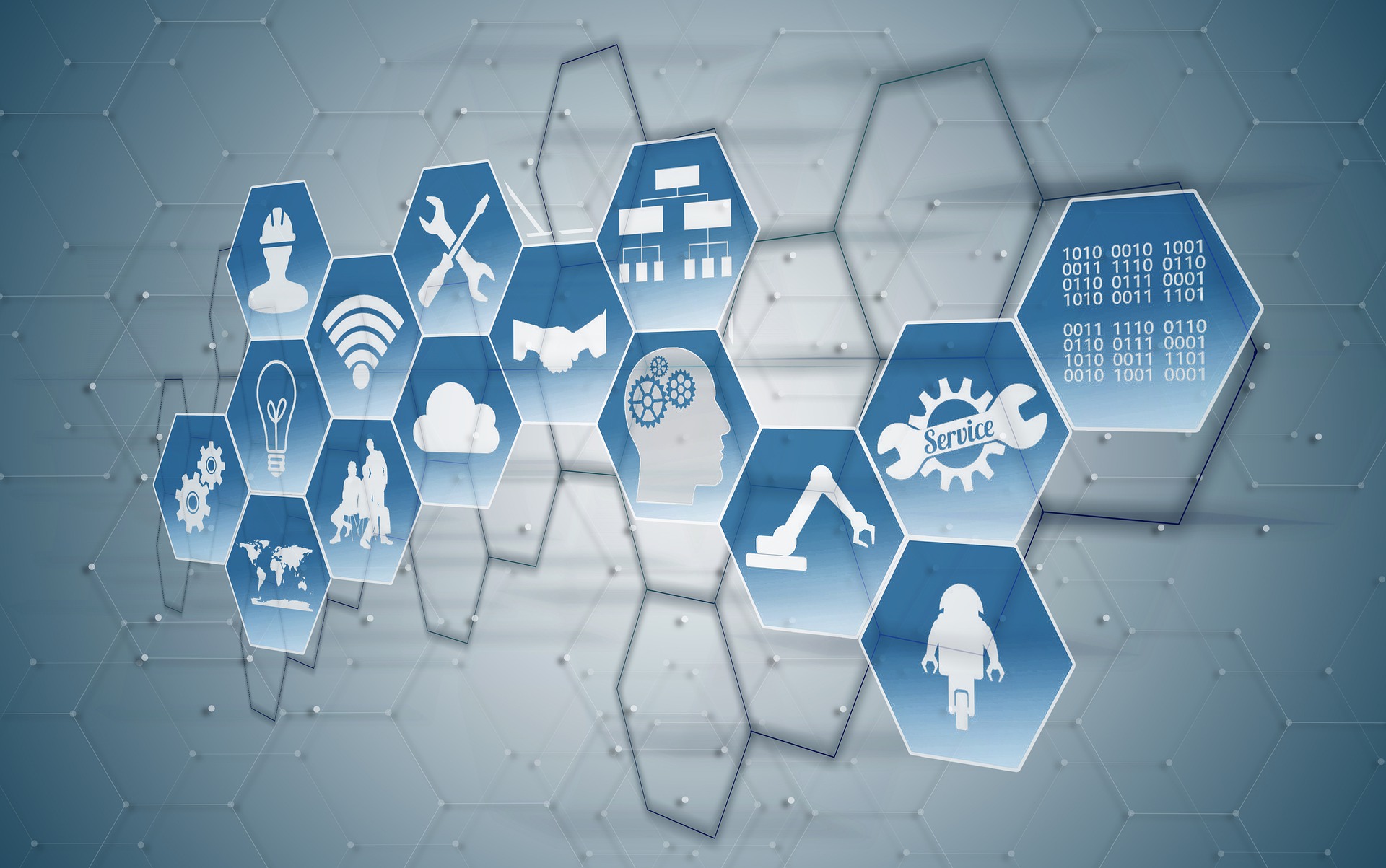
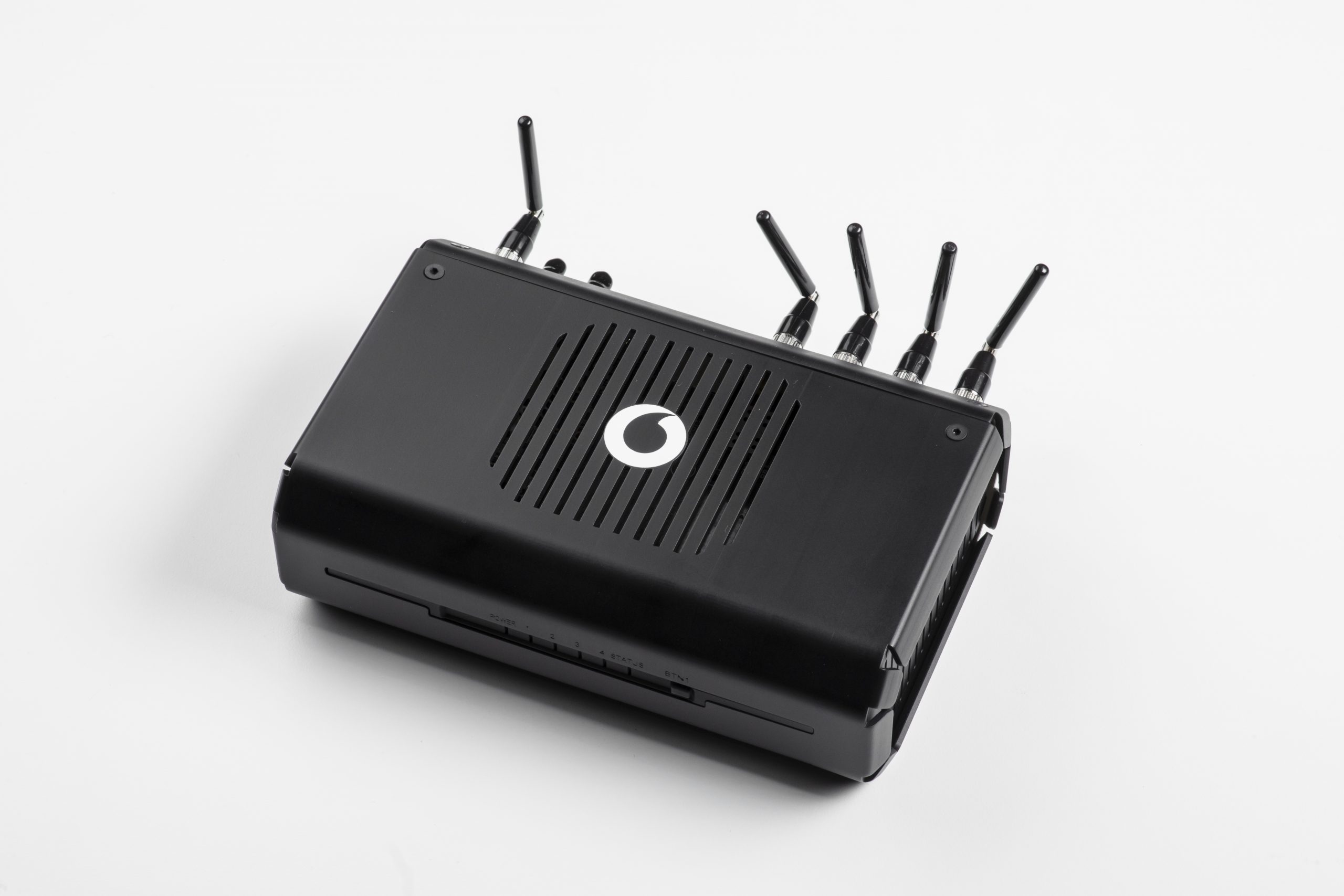


Leave A Comment